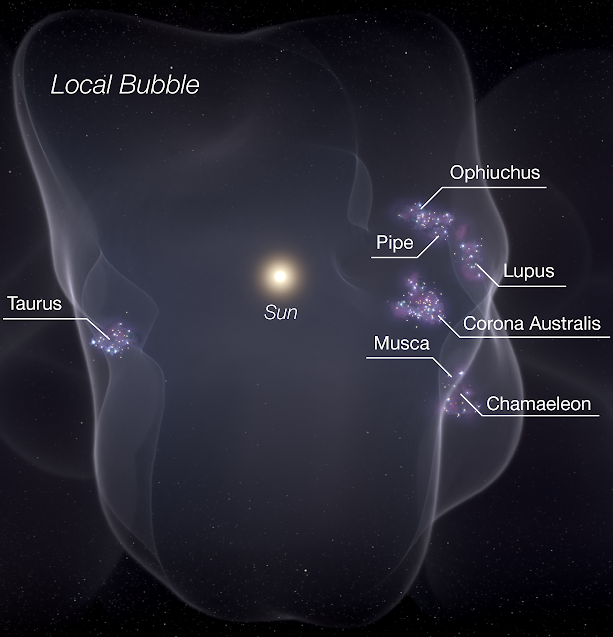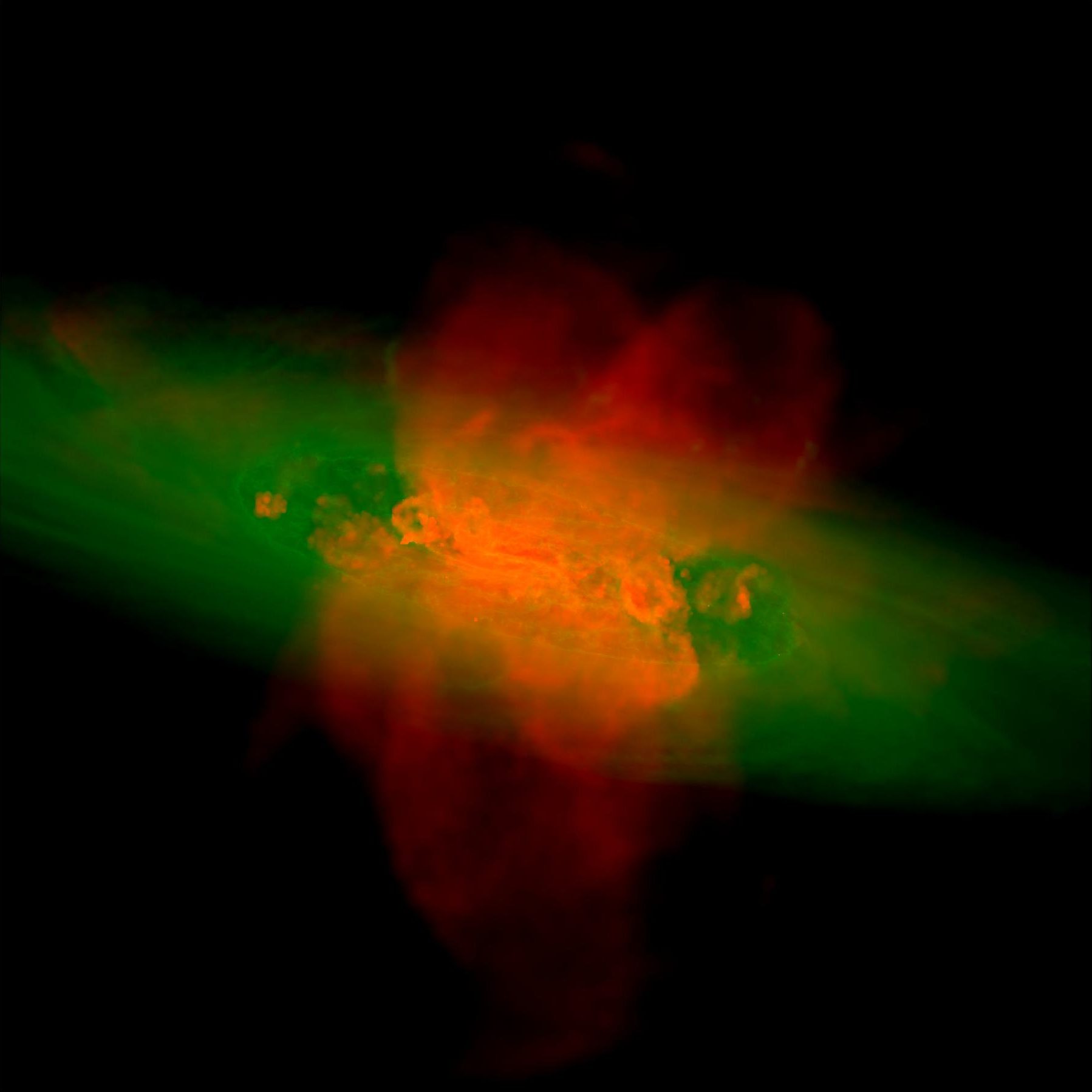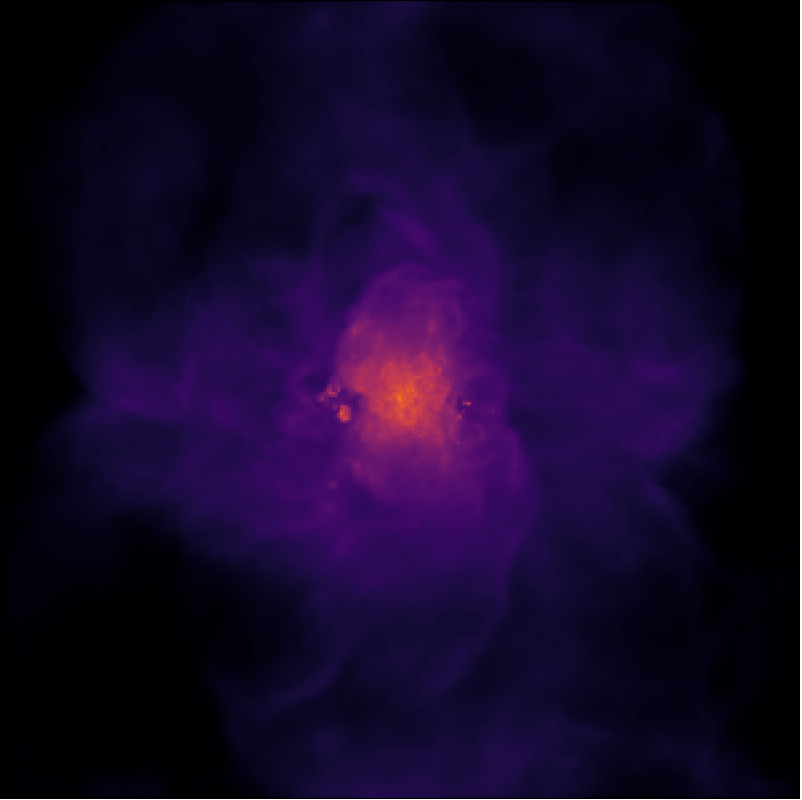Science

01
Diffuse Soft X-ray Background
The solar system resides in the Local Hot Bubble (LHB) with a size scale of 100 pc, which can produces bright diffuse soft X-ray emission, and disturb the observation of distant objects. The solar wind charge exchange (SWCX) process within the solar system can also produce time-variable diffuse soft X-ray emission. High-resolution soft X-ray spectroscopy is the key to quantitatively study the properties of these diffuse background components.
02
Galactic Hot Baryon Structures
The origin of the eROSITA bubble is still debated. Some argue it originates from the past activity of Milky Way’s SMBH (Sgr A⋆), while others favor a stellar feedback origin. DIXE can well constrain the elemental abundances, the emission measure distribution as a function of temperature as well as the kinematics to answer the question. Another example is the Cygnus loop, which is a nearby supernova remnant (SNR) where charge exchange features and the “low-abundance problem” were suggested for some local structures. A global high-resolution X-ray spectroscopic view of the entire SNR is still lacking.


03
The Milky Way Hot Halo
The Milky Way Halo (MWH) is postulated as a spherical symmetric halo to the first-order approximation. At least some (if not all) fractions of MWH have a temperature of ∼0.1 − 0.2 keV. The metallicity of the MWH is largely unknown due to the lack of high-resolution X-ray spectra. Moreover, a hotter component with a temperature of ∼0.7 keV accompanied by a super-solar Ne/O abundance ratio has also been suggested. The existence of this component can be verified with DIXE observations, and it can provide a further investigation to determine the origin of these high abundance heavy elements.

